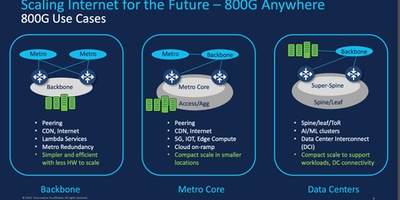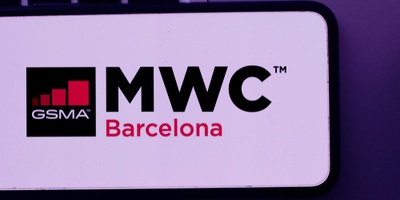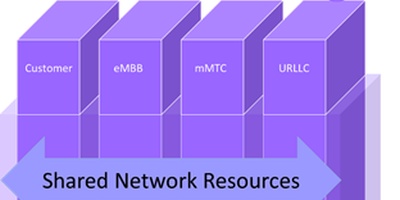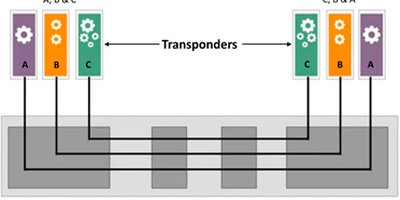Qualcomm 5G Summit: Key Learnings

I attended theQualcomm5G Summit in San Diego on 9-11 May 2022. These are the key points that I took away and some insights gained.
Trends on which Qualcomm Is Basing its 5G Strategy
Qualcomm is building on its traditional product strengths, working with its ecosystem partners to provide advanced RF modems and other wireless technology platforms to manufacturing companies in the evolving mobile industry.
Qualcomm is basing its strategy on a set of key trends, some of which I perceive as extremely optimistic:
Global 5G Millimeter Wave Deployment
Qualcomm predicted that providers worldwide would implement 5G mmWave well beyond the obvious sporting arena and high-density outdoor and open space venues. Ten CSPs in Japan, US, and Italy so far have implemented 5G mmWave with over 150 devices available from over 50 vendors.
Embedded 5G in “All” Consumer and Enterprise Edge Devices
We now have the needed digital network in 5G. Next, the edge evolution will set the pace of digital transformation. Despite the current overwhelming popularity of Wi-Fi in (far) edge devices, Qualcomm foresees a strong movement to embedded 5G for consumers’ and enterprises’ edge devices, especially PCs in the short term.
Fixed Wireless Access via 5G
Qualcomm touted the fixed line substitution for the consumer and work-at-home market as being a key trend, the equivalent of a “smartphone embedded in every device.” Qualcomm is providing a fixed wireless access platform that delivers “5G wireless fiber” to homes and businesses. At MWC19 it was thought to be the “killer app” for 5G. This fervor was not evident this year at MWC22 but was evident at the summit.
O-RAN Deployment
Qualcomm is providing multiple platforms for the various parts of the disaggregated O-RAN architecture, promoting the decreased costs, increased innovation, and multi-vendor sourcing benefits. Qualcomm sees this market burgeoning.
Qualcomm Differentiators
During the week, Qualcomm highlighted many detailed differentiators for its multiple products. Two stood out to me:
Reference Architectures for Multiple Use Cases
By working with industry ecosystem partners, Qualcomm is developing hundreds of reference architectures that make incorporating its platforms easier in a wide variety of use cases. Its ecosystem partner Cap Gemini One provides 125 licensable software frameworks along with a 5G MEC platform and library of microservices.
Embedded AI
Its platform delivers 20% range extension, 74% throughput gained at the cell edges (sub 6 GHz), and 20% upstream throughput with adaptive AI fine tuning the modem. Also, it greatly increases battery life in the PC use case. Many other use cases will follow.
Overall
The overall tenor of the 5G Summit was overwhelmingly upbeat, with Qualcomm stressing the importance of the overall 5G ecosystem, which Qualcomm is fostering with conferences such as this.
Click for more information about Mark Mortensen.


















































